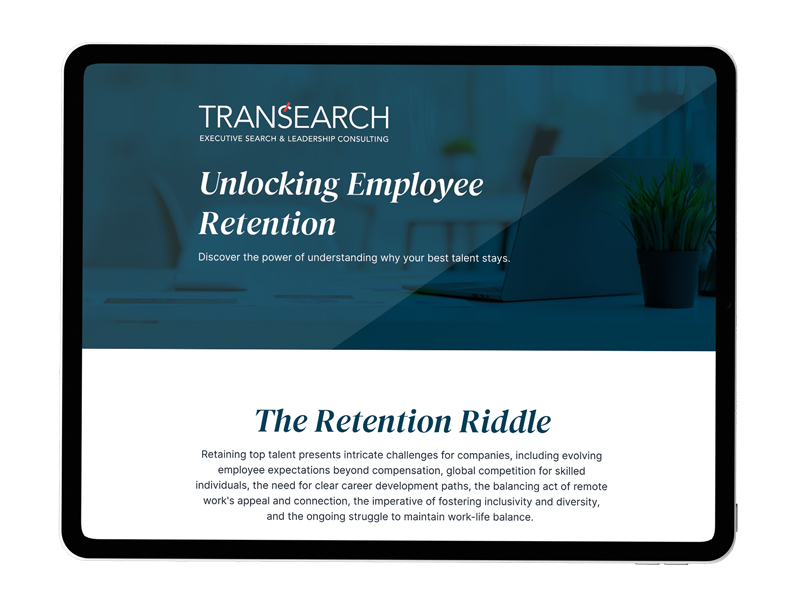Sky-high fuel prices. Climate change. Greenhouse gases. These issues make headlines every day. But there is a huge piece to this environmental and economic puzzle that doesn’t seem to get the attention it deserves – water.
“Our recent conversations with investors suggest that many are focusing mainly on the potential impact of rising carbon costs,” analysts at Barclays told CNBC. Yet the research reveals the potential financial impact from water risk may be three times higher than carbon risk.
To that end, consider the immense costs of the droughts in the southwestern US; the more than 30 million Americans who live in areas where water systems violate safety rules; the 50 people who died in the northeast after flooding last fall, and perhaps most alarmingly, that scientists estimate more than 200 million Americans have tap water containing Perfluoroalkyl and Polyfluoroalkyl Substances (PFAS), a series of chemicals that contaminate water.
Potential river of jobs
Thankfully, these water risks and calamities have a silver lining – they require highly skilled water professionals and leaders. And the potential for a river of jobs to flow in the water sector for decades is enormous:
- According to UNESCO, nearly 75% of jobs that make up the global workforce are in some way dependent on water
- The EPA estimates U.S. water infrastructure will require $743 billion in updates over the next 20 years
- President Biden’s bipartisan infrastructure bill commits more than $55 billion for the modernization of water infrastructure. For every $1 million invested in America’s traditional water supply and treatment infrastructure, anywhere from 10 to 20 jobs are created
- The U.S. Department of Commerce found each job created in the local water/wastewater industry engenders 3.68 indirect jobs in the American economy
- A Brookings Institution report predicts a tsunami of water sector retirees, with about 1/3 of U.S. drinking water and wastewater operators eligible for retirement by 2028. The report added, “The water sector captures a vast array of industries, from engineering and design firms to construction companies and contractors, and each relies on a different mix of occupations and workers.”
I recently attended the Environmental Industry Summitt XX, co-sponsored by TRANSEARCH International, where water was one of many environmental and climate change topics discussed. Following the conference and our expertise in recruiting for this sector, it is my pleasure to share 5 vital strategies on how to tap into a large pool of potential water talent.
1. Sea change in water awareness
Water’s prevalence, in a way, has led people to take it for granted. After all, most of us don’t give a second thought to the jobs involved in enabling us to down a glass of tap water or take a hot shower. That’s why the first step to appreciating water’s criticality is meaningful growth in public awareness, both as a resource and as a driver of job creation. Public and private partnerships are helping to create the investment needed to repair and upgrade our ailing water systems, but it will take public awareness to protect watersheds that are vital to our very existence. By communicating water’s value and emphasizing its impact on high-quality jobs, people will get pumped up about pipes, pumps, and protecting this essential resource.
2. Water education – earlier is better
As noted in a recent Environmental Business Journal article, “Careers with passion and purpose…have shown to be increasingly important to each new generation….That’s why education…is key…to inspiring the next generation of workers… to pursue careers and life objectives in climate stability.”
Fortunately, Science, Technology, Engineering, and Math (STEM) education is gaining in popularity across the US and the globe. The water industry needs to capitalize on this trend by introducing students to water and the broader environmental curriculum and careers, as early as possible. This can take many forms, from tours of water treatment plants to workshops on water protection, restoration, and conservation, to career workshops focused on solving real-world water problems.
Moreover, it’s important to note more than 50% of water industry workers have a high school diploma or less, which means younger workers, along with more diverse employees, can jump into the field earlier in comparison to many other industries.
3. Streams of scholarships and apprenticeships
As interest in water careers makes waves, providing robust funding for scholarships that prepare students to enter the water workforce is pivotal. Veterans are an especially smart group of people to offer financial assistance and support to enter the water sector, particularly since they have vast experience overseas where water scarcity and related issues are the most acute.
Additionally, apprenticeship programs can offer extensive on-the-job training and familiarity with a variety of tools and technologies, along with mentoring from long-term employees. And they also give the new generation of workers the chance to acquire licensing and certifications to up tier their careers.
4. Showcase salaries and job opportunities
While the pandemic has highlighted wages are not the be-all and end-all for attracting workers, the fact remains salaries are attractive in the water sector. There are more than 210 water occupations—or more than 1.7 million water workers— and they earn highly competitive wages. For example, in a poll of the top 10 environment-focused jobs, environmental health and safety specialists, who investigate issues like water contamination, came in at #3 for their average salary, at just under $100,000.As another example, four executives at the American Water Works Company come in the top 50 nationally for salaries in the energy & utility industry.
Regarding job opportunities, a recent study found replacing Illinois’ lead service lines – critical to ensuring generations of kids will be safe from lead-contaminated tap water – could create as many as 225,000 jobs and $23 billion in additional economic activity.
5. Clear-flowing career paths and professional development
According to the Design Career Index Annual Report, one of the top reasons for the Great Resignation is the lack of career paths. When employees don’t see a future at a company, they’re not going to stay. That’s why it’s essential for water organizations to map out career paths for their team members, right from the time they start and continue to do so throughout their careers. This entails regular investment in employee skills development so they can keep moving upstream within the organization. The Brookings Institution recommends water employers develop competency models that, “define and measure the types of knowledge, skills, and abilities needed among water workers to (enhance their)… career trajectories, in addition to (preparing them ) for the actual positions of greatest need.”
Water is the source of all life. And it is a powerful gateway to career advancement and economic prosperity. If the industry, together with the government, promotes how essential the sector is and communicates the scores of job opportunities, the potential to tap into a tidal wave of talent will flourish. And all of us stand to benefit both in health and wealth.





































































